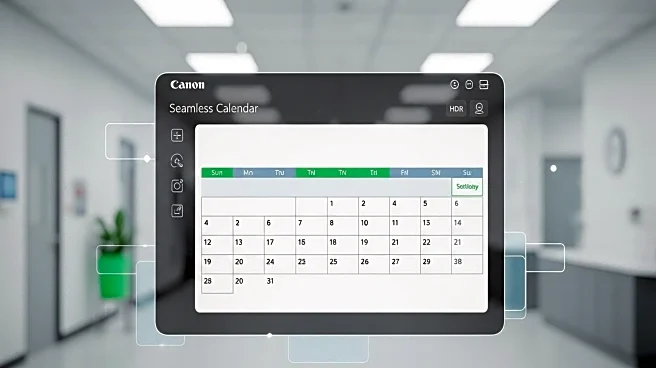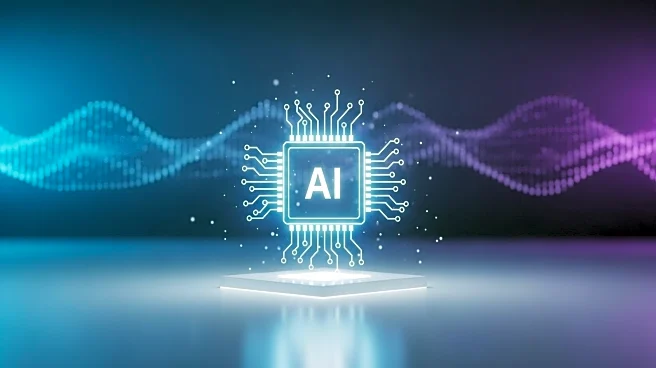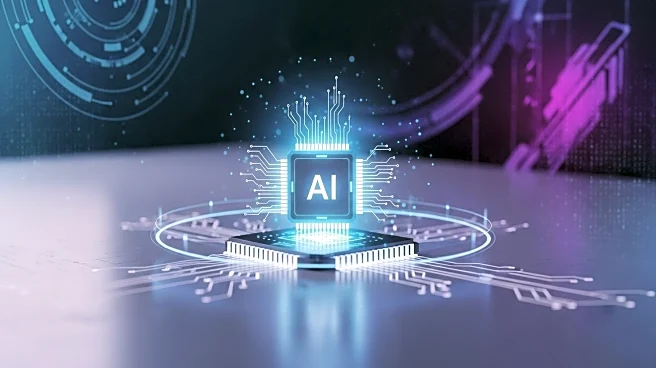What is the story about?
What's Happening?
WellSky, a global health and community care technology company, has launched the WellSky CarePort Referral Intake solution, which combines features from previous solutions with AI-powered capabilities to streamline intake workflows and generate document summaries. This platform aims to enable faster referral response times, crucial for post-acute providers to secure business, ensure smooth care transitions, and improve patient outcomes. The solution uses WellSky Summarize, an AI tool that scans referral packets, extracts key patient information, and creates concise summaries, helping providers quickly assess patient needs and respond efficiently.
Why It's Important?
The introduction of AI-powered referral intake solutions is vital for post-acute care providers as it enhances their ability to respond quickly to patient referrals, which is essential for maintaining business relationships and improving patient care. By streamlining intake processes and providing centralized data views, providers can monitor referral volume and response times, leading to better patient placements and outcomes. This development underscores the importance of AI in healthcare, particularly in improving operational efficiency and patient care quality.
What's Next?
As the platform gains traction, post-acute care providers may experience improved referral response times and patient outcomes. The success of this solution could encourage other healthcare organizations to adopt similar AI technologies to enhance their referral processes. WellSky's initiative may also lead to further innovations in AI-driven healthcare solutions, potentially transforming how providers manage patient referrals and care transitions.
Beyond the Headlines
The use of AI in referral intake processes raises considerations about data privacy and the ethical use of technology in healthcare. Providers must ensure that patient data is securely managed and protected from unauthorized access. Additionally, the integration of AI may require changes in staff roles and responsibilities, necessitating training and adaptation to new technologies.
AI Generated Content
Do you find this article useful?













